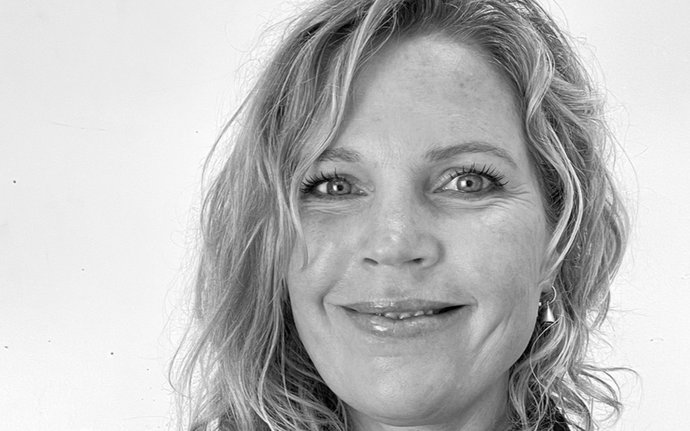Lush sculptural artworks: Rebecca Stewart
4 Mar 2024
This article was first published in The Post, 14 March 2024

This article was first published in The Post, 14 March 2024

Rebecca Stewart's exhibition, She Held a River, has been eight years in the making. We asked Rebecca about her show and her process as an artist.
She Held a River suggests female empowerment and strength. It also reflects the transparency of the works and their fluid connection to nature.
I’ve worked with polyester resins since my Honours year at the University of Canterbury School Of Fine Arts and developed a distinct figurative sculptural practice. It’s characterised by a casting process that creates transparent figures with artificial flora and fauna inside them.
My works are made by taking a flexible mould from a found object – like a mannequin, doll or childhood plaything – that I often augment or remodel and is then supported by a fibreglass jacket. The flowers and plants are placed within the mould and sealed up, and then the resin is poured inside. As the resin cures, it heats up and shrinks back from the surface of the mould creating a crazing on the surface of the finished work. It then needs to be hand sanded back – often from about 80 grit all the way up to 2000 – to get the perfect, transparent surface. For the larger or more intricate works, this can take hundreds of hours – and a loss of fingerprints! It’s labour-intensive and, on top of being a full-time art teacher, means some of my works take up to a year each to complete.
Over the many years it’s taken to complete these works, the themes have shifted and developed over time to take on significant events in my own life; ideas around having and losing babies, sex, sexuality and taboo and recognising the importance of connections to others and to the natural world. While the works are somewhat autobiographical, they also speak to the ordinary experiences of growing up; innocence and consciousness, loss and growth, touch and connection.

I see the flora and fauna in the works as representing both the physical and spiritual elements of the body: the twisting stems and fronds take on bodily associations of arteries and vessels and the unconscious or cellular memory of the feminine psyche. The works could be read as unrealities; their subjects question humanity and the dilemma of being conscious of our place in the natural world, yet detached from it.
I’ve been influenced by many artists over the years but most importantly by the work of Louise Bourgeois. Her autobiographical artwork is known for its highly personal content involving domesticity, the family, sexuality and the body, as well as death and the unconscious. More recently, as I’ve moved to creating larger figures using found objects from nature, like driftwood, and expanding the architectural support structures, I’m interested in the biomorphic works of Kenyan artist Wangechi Mutu and Belgian artist Berlinde de Bruyckere.